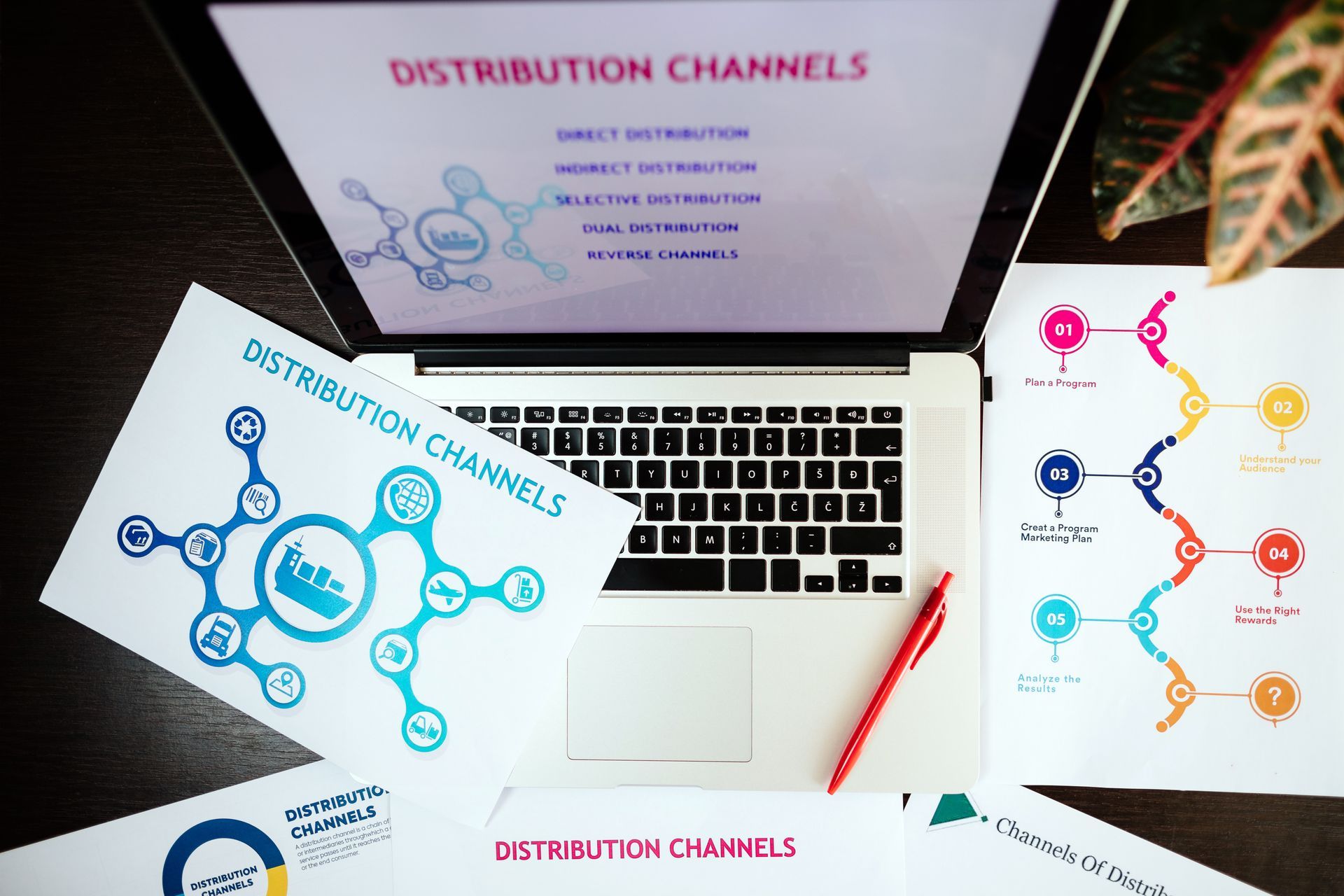How to Create a Single View of Your Customer
Have you ever watched celebrities on the red carpet? Several 360-degree cameras capture them from all angles—this helps the journalists get the celebrity’s faces from every perspective. You might consider thinking about your target audience in the same way. As your audience interacts with your business, you want to capture their needs and interests from every aspect possible on a single platform. This concept is more commonly known as a single view of the customer.
Single View of the Customer
A single customer view is a unified space that provides a holistic view of your buyers across their purchasing journey. You can identify and track all information about your present and prospective customers using this platform. And by doing so, you can develop more targeted and relevant marketing strategies.
Suppose you want to take advantage of the single view of the customer . In that case, you have to combine the patterns of behavior of your consumers on email, web, social media, purchase records, demographics, and general customer service interactions.
Investing in a single customer view gives you an integrated system to view and use your customer information, eliminating information silos that are likely to duplicate data. Here’s what you get:
- Deeper Insights about Consumer Behavior – Correctly map the customer’s purchase journey so that you can use these insights to create better marketing ideas for your brand.
- Proper Attribution – Give credit where credit is due. You can understand which aspect of your marketing and advertising is working well and what needs improvement by tracking the audience.
3 Steps in Which You Can Create a Single View of the Customer
If you want to use the single customer view to grow your business successfully, you have to know how to approach this complete and unified view. Simply gathering the customer details will not help. Here, we have discussed a few steps that you can take to build a single view of the customer . Take a look.
1.) Activate Customer Identity Matching
There will be small, scattered pieces of information about a single customer. Your job is to bring it all together and to do that, you have first to identify if it belongs to the same customer or not. This is where customer identity matching comes into play. If 25 people interacted with your brand through four different channels, your information should not indicate 100 different interactions from 100 people. It should pinpoint only those 25 people.
Many identifiers can be used to find the people specifically interacting with your brand like email address, IP address, cookie ID, transaction ID, credit card details, device ID, account number, commercial ID for businesses, or even company name. Your identity resolution software should be able to resolve and match the values of these identifiers back to individuals using advanced resolution and matching techniques.
When a record enters the system, connections between identities are identified and merged into a single record. Any related data analytics are all updated in real-time. The new merged identity is applied to all related historical data. All your present and future analytics reflect that the information is related to one person. You will get clean and unified data after the process is completed. Now it will be possible for you to explore the unique customer journeys and dynamic behavioral patterns and accordingly perform good, personalized analytics and offers to serve your consumers in a better manner.
2.) Integrate Customer Information
Once the customer’s identities have been resolved, you can focus on integrating the other customer details and bringing all the data together to align different teams at your company. Each team should contribute to the same objective: to assimilate all relevant information about your buyers.
Right from demographics, firmographics, web and mobile browsing activities, transactions, and sales team interactions to even customer interests and requirements, and social media activities, you need to collect all the details about your consumers.
3.) Carrying out Tests when the System is Ready
You must not forget to test the process after it is completed. To ensure that this new centralized system is working correctly and the data linking is complete, you must conduct a test. Data is gathered, stored, and reported accurately to get the best results. However, this will somewhat be a continuous process with your daily customer interactions and new touchpoint implementations.
In Conclusion:
The single view customer approach is a fundamental shift from the conventional data extraction, transformation, and loading or ETL processes. It emphasizes more on the contextual and rich customer information at an incredible speed. Understanding your buyer’s behavior can improve marketing performance, enable teams to create more engaging and personalized content that encourages customers to interact with your business, resulting in more significant ROI on your investment.
According to Segment , nearly 80% of enterprise companies face data challenges that lead to data discrepancies, inaccurate customer insights, and poor user experiences.
Unified Data Platforms like LayerFive, pave the way for end-to-end tracking of your customer journeys. Using our actionable insights, you can engage the customers further; the single customer view becomes a launchpad for a more customer-oriented business that will soon reap its magnificent benefits.
Looking for a Unified Data Platform?
Schedule a demo with one of our product experts to learn how to get a 360° view of every touchpoint in your customer’s journey using the LayerFive Platform.
The post How to Create a Single View of Your Customer appeared first on LayerFive.
You might also like:




Copyright 2023 Layerfive Inc. All Rights Reserved. Subscription Agreement | Privacy Policy |Cookie Policy |Terms
